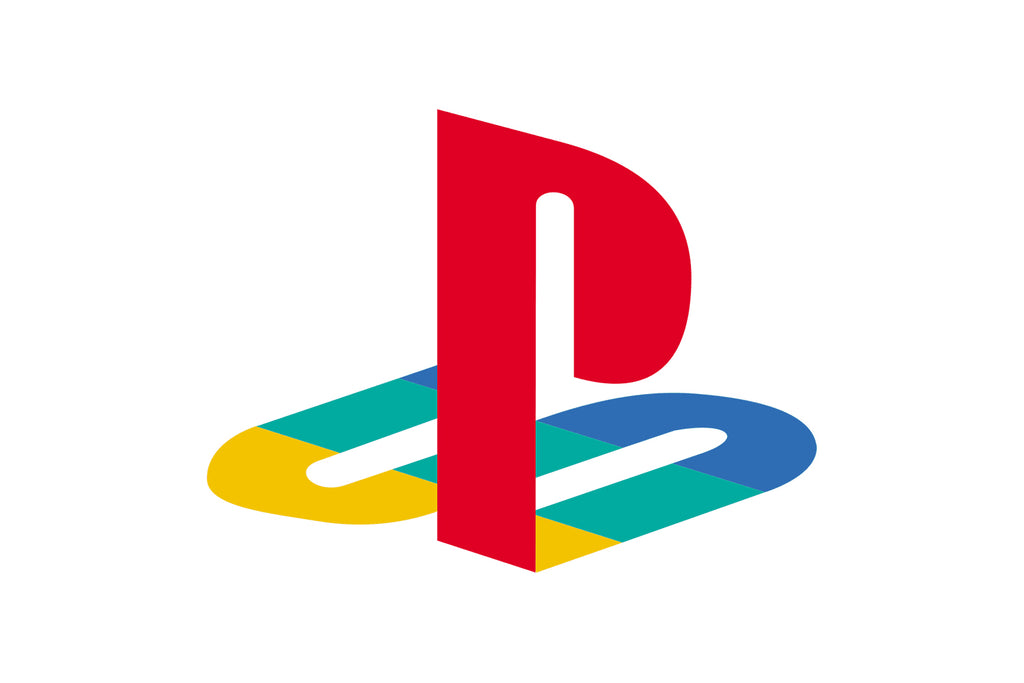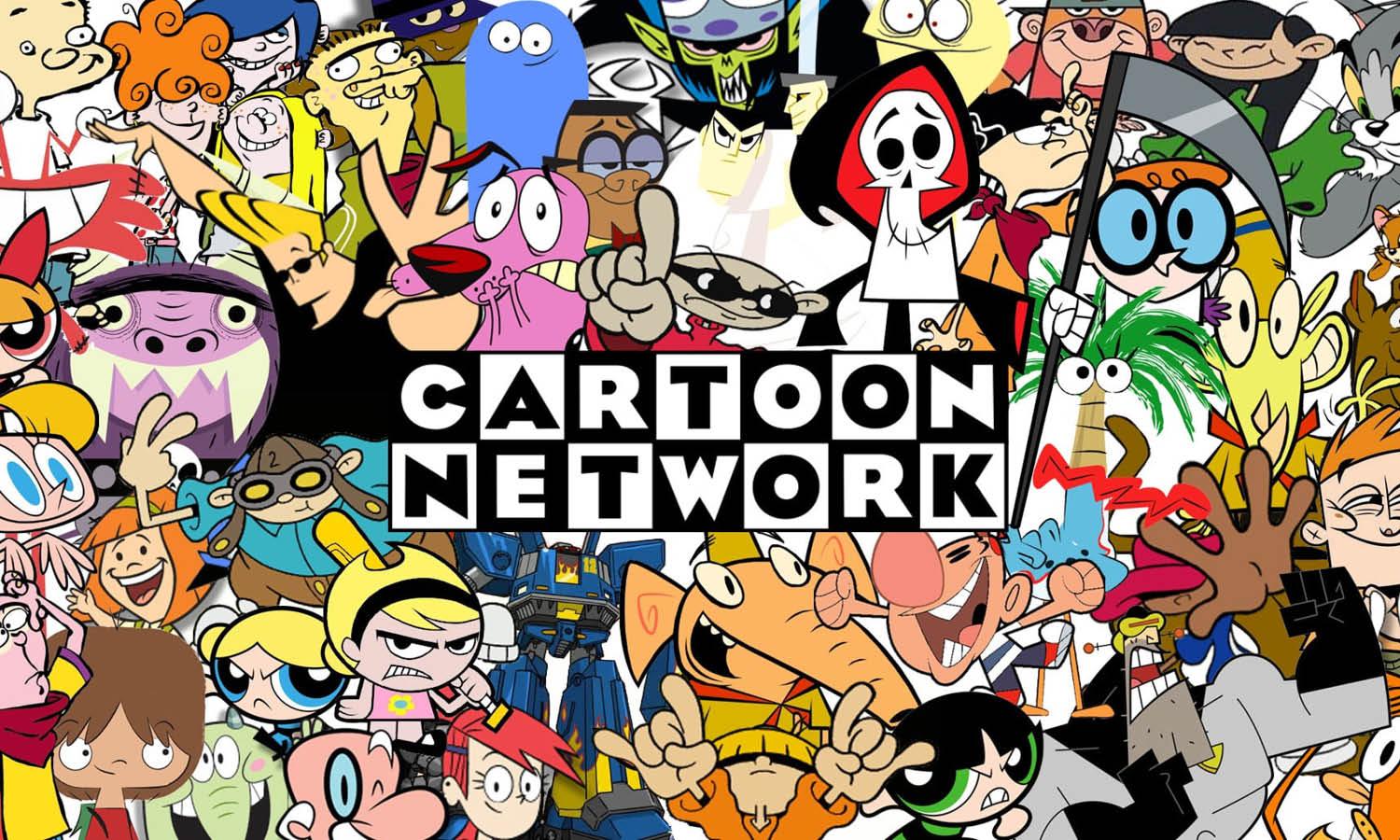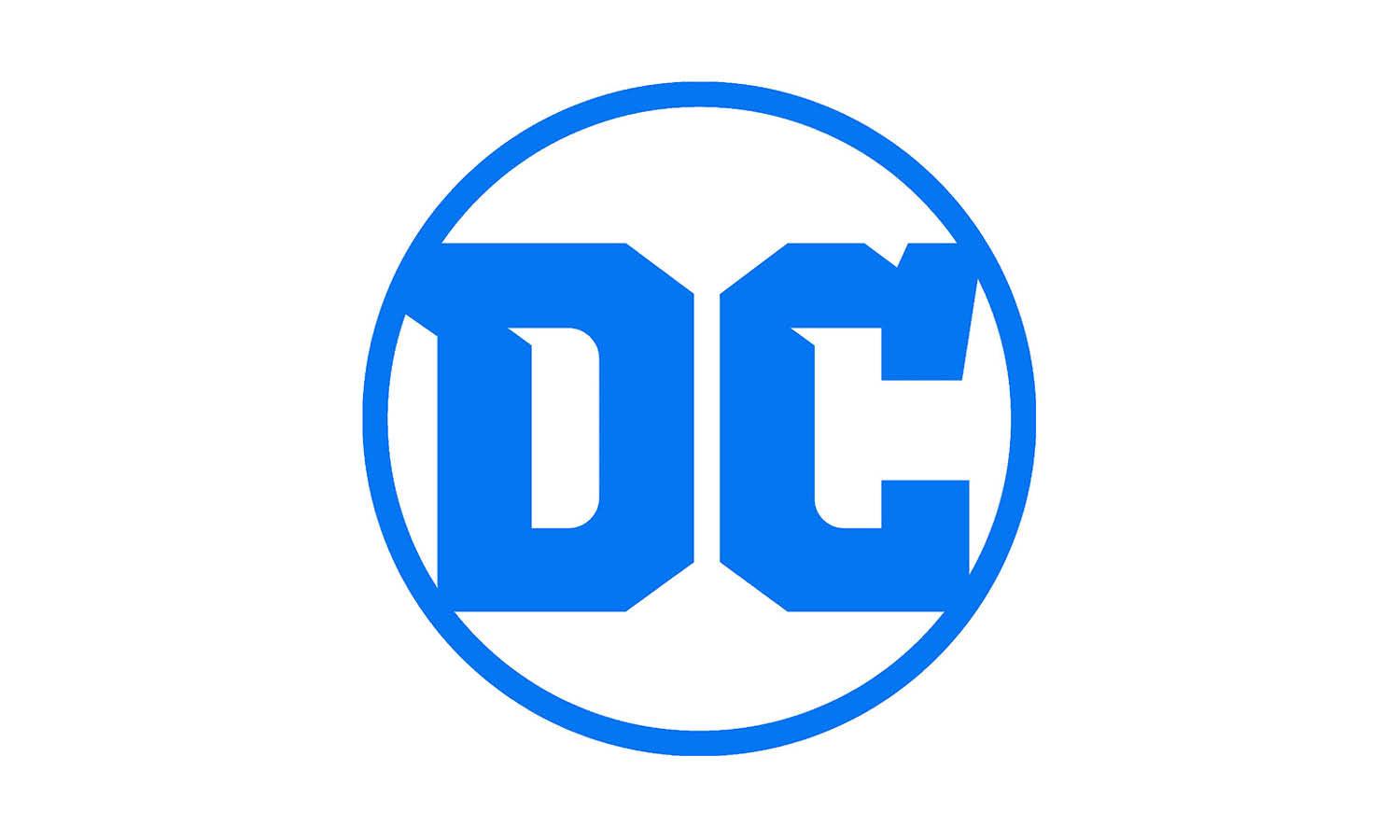PlayStation Logo Design: History & Evolution

Image Source: https://wallpapers.com/playstation-4k | Image Courtesy: PlayStation
When it comes to iconic imagery in the gaming world, the PlayStation logo design stands out as a symbol of creativity and evolution. Ever since the release of Sony's game-changing console, the PlayStation logo has undergone several redesigns, each reflecting the innovative spirit of the brand. If you're a graphic designer with a keen interest in logos that leave a lasting impression, then you'll find the history of PlayStation logo design both inspiring and intriguing.
This article will delve into the fascinating journey of the PlayStation logo design, exploring its various iterations and the artistic minds behind them. From its initial concept to the latest reimagining, the story of the PlayStation logo is a compelling case study in the world of design. Whether you're new to the field or a seasoned veteran, the lessons to be learned from the PlayStation logo design evolution are rich and rewarding. So grab your favorite design tool, and let's take a look at how one of the most recognizable logos in gaming has transformed over the years.
PlayStation Logo Design History
1994 - 2009
The birth of PlayStation is an intriguing tale filled with collaboration, controversy, and eventually, innovation. Tracing back to 1988, Nintendo and Sony embarked on a partnership to develop what would become a revolutionary gaming console. However, a disagreement over revenue division led to a fallout between the two giants, and Nintendo broke the deal. After several years of independent development, Sony introduced the product in 1993, paving the way for the debut of the PlayStation logo design in 1994.
The original PlayStation logo design, with the recognizable PS symbol, was not an immediate choice. Believe it or not, the company wrestled with no less than 20 versions of the logo! Graphic designers and PlayStation enthusiasts alike will find the journey towards the final design both captivating and insightful.
Among the early concepts, there were three oval shapes colored yellow, red, and blue, symbolizing a fresh and dynamic approach. Another version played around the stylized letters "S" and "P," reflecting the initials of the product. One particular design featured a blue "S" placed almost horizontally, adorned with two dots (yellow and red) above and under the emblem. The designs were bold and abstract, signaling a departure from the norm.
In another fascinating iteration, Sony revisited the original color scheme of yellow, red, and blue, but with entirely new shapes. One of the most distinctive among these was the design representing the letter “P,” inside of which a negative (white) “S” was enclosed. This clever play of shapes and colors could have been the face of PlayStation, had it been chosen.
The history of PlayStation logo design from 1994 to 2009 is a treasure trove of creativity and artistic experimentation. The eventual logo – a combination of vivid design and elegant simplicity – became a symbol of a brand that was unafraid to take risks. For any graphic designer, the evolution of the PlayStation logo design serves as an inspiring lesson in persistence, creativity, and the quest for a visual identity that truly resonates.

Image Courtesy: PlayStation
2000
The dawn of the new millennium brought with it not only a new era in gaming but also an evolution in the PlayStation logo design. With the release of PlayStation 2 in 2000, a fresh logo was introduced that symbolized a shift in both design aesthetic and technological advancement.
The new PlayStation logo design for the PS2 was a remarkable departure from the original, yet it carried the same innovative spirit that the brand was known for. Featuring a gradient blue “PS2” monogram, the logo was crafted in a stylized geometric font. Both characters and the digit were executed in one line, drawing the square contours that gave the logo a futuristic and bold appearance.
The PS2 logo stands as a testament to creativity and the power of reinvention. The choice of the color blue, coupled with the gradient effect, infused the logo with depth and dynamism. It was not merely a redesign but a reimagining of how the PlayStation brand could be presented.
What added a unique touch was the underlining of the fancy insignia by the full name of the console, set in black and written in custom narrowed sans-serif. The opened contours of the “A”s provided a distinctive flair, complementing the geometric feel of the monogram. This clever design choice emphasized the PlayStation's identity and showcased the console's cutting-edge capabilities.
The PlayStation logo design in 2000 marked a significant milestone in the brand’s visual journey. It mirrored the next-generation technology of the PS2 and the forward-thinking approach of Sony. For those passionate about logo design, the PlayStation 2 logo is a lesson in how to create a visual identity that is both true to the brand and resonant with the times.
The PlayStation logo design for the PS2 offers inspiration. It shows how a logo can encapsulate an era, resonate with an audience, and still feel fresh and relevant. The fusion of style, geometry, and color is a vivid reminder that in design, as in gaming, there are always new frontiers to explore.

Image Courtesy: PlayStation
2006
In 2006, a new chapter in the PlayStation logo design was unveiled with the release of PlayStation 3. Sony took a different approach this time, opting for a minimalist design that stands in contrast to previous iterations. This was a move that not only reflected a change in technology but also a shift in branding philosophy.
The PlayStation 3 logo was drawn in plain black, a simple yet profound departure from the colorful designs of the past. Gone were the additional colors and ornaments, replaced by the “PS3” inscription, written in smooth bold lines with softened contours. This minimalist approach conveyed a sense of maturity and confidence, as the PlayStation brand had become a household name by this point.
Underlining the composition was the “PlayStation 3” inscription in a full-shaped sans-serif font, also in black. The uniformity of color and the simplicity of the shapes sent a clear message that the focus was now on the console's capabilities rather than an elaborate logo.
The 2006 PlayStation logo design is an interesting study in restraint and elegance. It serves as a reminder that sometimes less truly is more. The use of black and the careful selection of fonts created a logo that was timeless, sophisticated, and uncluttered. It's a design that speaks to the core essence of the brand without distraction.
The PlayStation logo design in 2006 also marked a transition in the gaming industry, where the focus was increasingly on performance, graphics, and user experience rather than flashy aesthetics. It's a reflection of the way design trends evolve, mirroring changes in technology, culture, and consumer expectations.
The evolution of the PlayStation logo design offers valuable insights into the art of visual storytelling. The PS3 logo, with its minimalistic approach, teaches us that effective design doesn't always have to be complex or ornate. Sometimes, a simple and thoughtful execution can create a powerful and enduring image that resonates with audiences for years to come.

Image Courtesy: PlayStation
2009 - Present
The PlayStation logo design from 2009 to the present day represents a phase of refinement and understated elegance. Crafted by the renowned Japanese artist Manabu Sakamoto, who has lent his creative expertise to several other Sony badges, including VIAO, the emblem is an intriguing blend of continuity and minimalism.
From a color scheme perspective, the current PlayStation logo is the most minimalistic rendition to date. Stripping away the complexities of previous designs, it utilizes a classic combination of black and white. This simple color pairing creates an elegant and eye-catching contrast, capturing attention without unnecessary embellishments. It's a design choice that many graphic designers can appreciate for its purity and effectiveness.
However, what's truly fascinating about the present PlayStation logo design is its almost identical resemblance in shape to its predecessor. This reflects a conscious decision by Sony to retain a recognizable visual identity while modernizing the overall aesthetic. In a sense, it's a celebration of the brand's heritage, maintaining a connection to its roots while embracing a sleeker, more contemporary look.
This iteration of the PlayStation logo design offers valuable lessons for graphic designers. It underscores the importance of knowing when to innovate and when to preserve. The preservation of shape and the shift to a minimalistic color scheme represents a balance that not only respects the brand's history but also aligns with current design trends.
In a world where rebranding often means complete transformation, the PlayStation logo design from 2009 onwards serves as a reminder that subtlety and continuity can be equally powerful. By understanding the essence of the brand and the expectations of the audience, Manabu Sakamoto created an emblem that feels both fresh and familiar.
The ongoing evolution of the PlayStation logo offers a rich and inspiring narrative. From its colorful beginnings to its current monochrome elegance, the PlayStation logo design story is a compelling testament to the possibilities of creativity, the value of heritage, and the timeless appeal of simplicity.

Image Courtesy: PlayStation
2013
In the ever-evolving landscape of the PlayStation logo design, 2013 marked a notable moment with the introduction of a new badge for the 4th version of the iconic console. This fresh design maintained a connection with its predecessor, echoing a consistent visual theme but also introducing some new elements that made it stand apart.
At first glance, the PlayStation logo design of 2013 might seem like a mere update of the previous monogram, and in many ways, that's what it was. The style of the monogram remained largely unchanged from the PlayStation 3 logo, preserving the smooth lines and bold contours. The new digit after the letters, indicating the 4th version, was a subtle yet significant modification.
However, what sets the 2013 logo apart and captures the attention of graphic designers and PlayStation fans alike is the iconic emblem of the brand, drawn in black and thoughtfully placed to the left of the insignia. This addition created a harmonious balance and added a touch of flair to the familiar design.
The decision to maintain the existing style while incorporating a recognizable emblem reflects a thoughtful approach to the PlayStation logo design. It acknowledges the strong identity already established and the importance of continuity while also embracing the excitement of a new console generation.
The 2013 PlayStation logo is a lesson in the power of nuanced changes. It demonstrates how small adjustments, when done thoughtfully, can refresh a visual identity without losing the essence of the brand. The blend of continuity and subtle innovation strikes a chord that resonates with the audience.
The PlayStation logo design in 2013 is a testament to the delicate art of evolution in branding. By retaining the core elements that people had come to associate with PlayStation and adding just enough new flair, Sony crafted a logo that was both fresh and familiar. It's an inspiring example of how a well-considered design approach can lead to a visual identity that not only celebrates the past but also embraces the future.

Image Courtesy: PlayStation
2020
In the exciting journey of PlayStation logo design, 2020 heralded a new chapter with the launch of PlayStation 5. While each new console release often brings anticipation for a dramatic redesign, Sony took a different approach this time, opting for a subtle yet significant update that speaks volumes about brand consistency and recognition.
The PlayStation 5 logo is striking in its simplicity. If you compare it with its predecessor, the only tangible difference is in the digit itself – the “5” that replaced the “4.” All other elements and their style were completely untouched, preserving the established visual identity that has become synonymous with the PlayStation brand.
The 2020 PlayStation logo design offers an intriguing lesson in restraint and the power of continuity. Rather than seeking to reinvent the wheel, Sony recognized the strength of their existing design and chose to honor it. It's a choice that reflects confidence in the brand and an understanding that sometimes the most impactful changes are the ones that are barely noticeable.
The decision to keep the PlayStation logo design consistent also resonates with the audience's desire for familiarity. Gamers across generations have grown attached to the visual cues of the PlayStation brand, and the continuity of design provides a sense of connection and trust. It assures them that while the technology might have advanced, the essence of the PlayStation experience remains unchanged.
While the change in the PlayStation logo design for 2020 may seem minor, it's a nuanced decision that highlights an important aspect of design philosophy. It reminds us that design is not always about radical transformations or flashy visuals. Sometimes, it's about understanding what works, respecting the history of a brand, and making mindful adjustments that align with both the past and the present.
In a field that often celebrates innovation and creativity, the 2020 PlayStation logo design serves as an inspiring reminder that simplicity, continuity, and thoughtfulness can be equally powerful. It's a testament to the fact that good design doesn't always have to be about creating something entirely new; sometimes, it's about recognizing and honoring what's already there.

Image Courtesy: PlayStation
Analysis: PlayStation Logo Design Evolution
The PlayStation logo design evolution is a fascinating journey through time, reflecting not only the growth of a gaming giant but also the changing trends and philosophies in design. For graphic designers, it's a rich study in how a brand can maintain its core identity while evolving to meet the demands and aesthetics of different generations. Let's dive into five key points that illustrate the evolution of PlayStation logo design.
Embracing Simplicity and Minimalism
Over the years, PlayStation logo design has transitioned from intricate and colorful to sleek and minimalistic. The early days featured vibrant colors and multiple versions, but as the brand matured, the logo designs became more refined. By the time we reached the PlayStation 3, 4, and 5 logos, the use of plain black and a simple digit alteration became the hallmark of the brand. This evolution showcases a growing confidence in the brand's identity and an understanding that less can often be more.
Consistency in Branding
Despite the changes in color and detail, a consistent theme has been maintained across different PlayStation logo designs. The monogram's style remained untouched from PlayStation 3 to PlayStation 5, with only the digits changing. This consistency helps build brand recognition and loyalty, illustrating how even subtle modifications can refresh a logo without alienating the existing audience.
Reflecting Technological Advancement
The evolution of PlayStation logo design has paralleled the growth and innovation in gaming technology. The shift towards a more minimalist design may also reflect the focus on the technological prowess of the consoles themselves. As PlayStation moved from one version to the next, the logo design became less about visual flourish and more about representing a cutting-edge gaming experience.
Thoughtful Use of Color
The PlayStation logo's color scheme has seen a dramatic shift from the vibrant red, blue, and yellow of the original to the classic black and white in the later versions. This transition to a more monochrome palette aligns with modern design trends and symbolizes a more mature and sophisticated brand. The deliberate use of color throughout the PlayStation logo design evolution demonstrates an awareness of visual psychology and market trends.
Balance between Innovation and Heritage
Sony's approach to PlayStation logo design has managed to strike a delicate balance between innovation and heritage. Each new iteration pays homage to the previous versions while introducing something new. Whether it's the addition of an iconic emblem or a simple change of a digit, the designs have managed to stay fresh without losing touch with their roots.
The PlayStation logo design evolution is a compelling narrative that offers valuable insights for graphic designers. It's a story of artistic growth, technological alignment, brand consistency, and thoughtful design decisions. Studying this evolution is not just an exploration of a beloved gaming brand; it's a masterclass in how to navigate the intricate and often challenging landscape of visual branding. Whether you're just starting in the field or a seasoned professional, the PlayStation logo's journey provides timeless lessons that resonate far beyond the gaming world.

Image Source: https://www.playstation.com/ | Image Courtesy: PlayStation
The Philosophy & Meaning Behind PlayStation Logo Design
Understanding the philosophy and meaning behind PlayStation logo design is akin to uncovering layers of thought, culture, and artistic intention. A logo isn't just a visual stamp; it's a symbol that carries the weight of a brand's identity and mission. For graphic designers intrigued by the PlayStation logo's evolution, here's a deeper look into the five key aspects that embody the philosophy and meaning of this iconic emblem.
Unity and Connection
The very structure of the PlayStation logo design illustrates unity and connection. The overlapping "P" and "S" in the original logo, symbolizing "PlayStation," reflect a seamless integration of technology, entertainment, and community. This design choice embodies the brand's aspiration to bridge different worlds, whether it's connecting gamers globally or integrating various media into a single platform.
Simplicity and Focus
PlayStation's gradual move towards minimalism in its logo is more than a design trend. It symbolizes a refinement of purpose and a focus on core values. The simple, uncluttered PlayStation logo design speaks to a brand that's confident in its identity, knowing that it doesn't need elaborate visuals to communicate its message. It's a lesson in the power of simplicity and a reminder that a logo's strength often lies in its ability to convey a clear and unambiguous message.
Adaptation and Evolution
The PlayStation logo design's transformation over the years isn't just about visual aesthetics; it's a reflection of the brand's ability to adapt and evolve with the times. From the vibrant original to the sleek and modern versions, each change is a response to the cultural and technological shifts of the era. This adaptation illustrates a brand that's in tune with its audience, ever-ready to evolve while maintaining its core essence.
Global Appeal with Japanese Roots
The PlayStation logo design manages to combine a universal appeal with subtle nods to its Japanese heritage. The clean lines and well-balanced aesthetics resonate with a global audience, while the influence of Japanese minimalism and precision is evident in the design. This blend of global and local influences offers a window into PlayStation's mission to be a world-leading brand while staying true to its roots.
Timeless Elegance
The PlayStation logo design's shift to a monochrome color palette and the deliberate retention of core elements across versions demonstrate a pursuit of timeless elegance. Unlike trendy designs that may age quickly, PlayStation's approach ensures that the logo remains relevant and sophisticated through changing times. It's a commitment to a long-term vision and a recognition that true elegance transcends fleeting fashion trends.
The philosophy and meaning behind PlayStation logo design offer a rich tapestry of insights and inspiration. It's a story of unity, simplicity, adaptation, cultural balance, and timeless elegance. For graphic designers, studying the PlayStation logo's underlying principles is not just an academic exercise; it's an exploration of the deeper currents that shape visual communication. These lessons reach beyond the realm of gaming, offering universal truths that can inform and inspire design across various domains. It's a testament to how a logo can be a mirror reflecting a brand's soul and a window into broader cultural and artistic landscapes.

Image Source: https://www.playstation.com/ | Image Courtesy: PlayStation
What Can We Learn from PlayStation Logo Design
The PlayStation logo design is more than just a symbol for a gaming console; it's a masterclass in design principles that resonate with graphic designers across various industries. With its evolution over time, this iconic emblem offers a treasure trove of lessons on branding, aesthetics, and connecting with audiences. Let's dive into five takeaways that every graphic designer can glean from studying the PlayStation logo design.
Consistency Matters
One of the standout features of the PlayStation logo design is its consistency across different generations of the console. While subtle changes were made, the core elements remained untouched, allowing for instant brand recognition. This consistency teaches us the importance of maintaining a coherent brand image, even when updating a design. It's a fine balance between evolution and tradition that can help forge a strong and enduring connection with the audience.
Simplicity as a Strength
From colorful and intricate to sleek and minimal, PlayStation's transition towards simplicity is a lesson in the power of restraint. It illustrates that simplicity is not synonymous with dullness; instead, it can amplify a brand's message by eliminating unnecessary distractions. The PlayStation logo design demonstrates that a strong, simple design can communicate confidence and clarity, reflecting a brand's essence without excess ornamentation.
Adaptation to Cultural and Technological Changes
PlayStation's logo has evolved in response to cultural and technological shifts, maintaining relevance while retaining its core identity. This adaptation showcases the importance of staying attuned to changing trends, technological advancements, and audience preferences. It's a lesson in how to be both responsive and steadfast, embracing change without losing sight of what makes a brand unique.
Global Branding with Cultural Sensitivity
The PlayStation logo design successfully blends universal appeal with cultural nuances, reflecting its Japanese origins. It's a lesson in how to create global branding that doesn't lose touch with its roots. This delicate balancing act can foster a deeper connection with different audiences, showing that respecting and reflecting cultural diversity can be a powerful asset in design.
Timeless Design Principles
PlayStation's logo embodies principles of timeless design, transcending fleeting trends to create an emblem that remains stylish and relevant. It's a reminder that understanding and applying fundamental design principles can lead to creations that stand the test of time. Whether it's the choice of color, typography, or the overall composition, the PlayStation logo design illustrates that timeless elegance comes from mastering the basics.
Conclusion
The PlayStation logo design offers a multifaceted exploration into the world of branding and visual communication. From consistency and simplicity to adaptation, cultural sensitivity, and timeless design, these lessons resonate across different domains and career stages. Whether a budding designer or a seasoned expert, one can find inspiration and wisdom in PlayStation's logo journey. It's a real-world example that elevates logo design from mere aesthetics to an insightful narrative, shaping not just a brand but also a community of gamers and design enthusiasts alike.
Let Us Know What You Think!
These fantastic logo design articles are written and curated by Kreafolk's team. We hope you enjoy our information and remember to leave us a comment below. Cheers!
















Leave a Comment